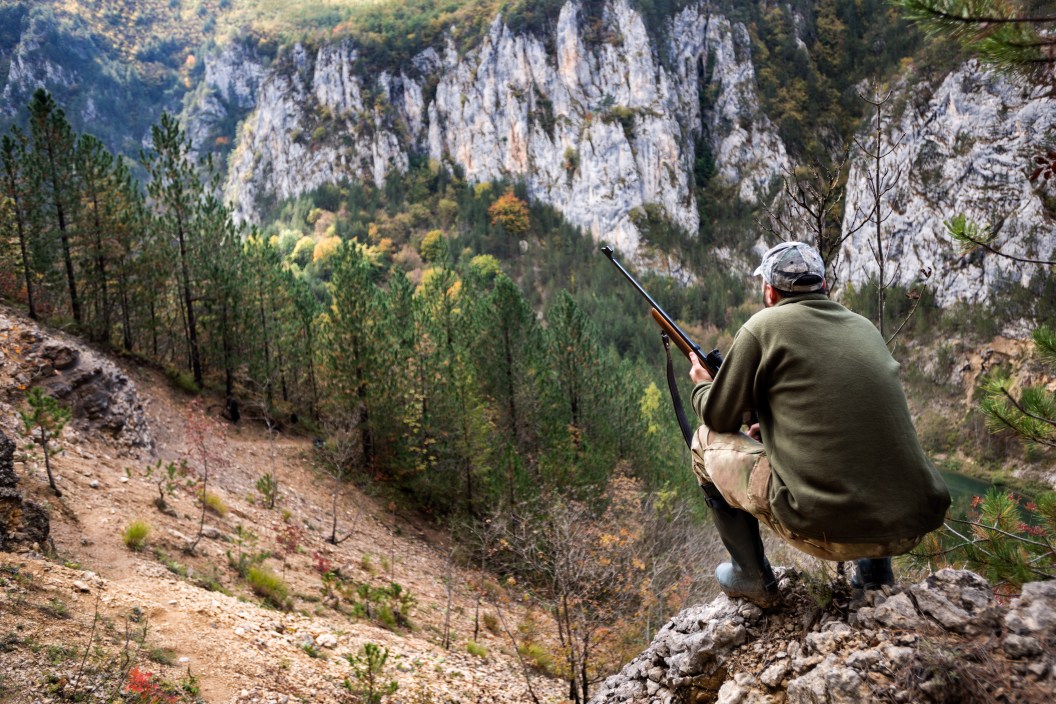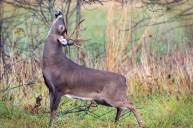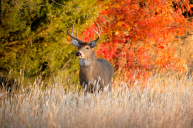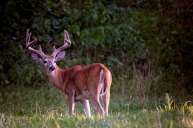As opening day of Whitetail deer season approaches, it's important to get your gear ready for the hunt. But real preparation for the season often happens in the field through scouting.
Deer hunting is all about patience, and scouting is part of that: The effort you put into scouting your area will likely pay off months later. Even if you've waited until the last minute, it's not too late to cover all your bases before the season kicks off. But remember to work smarter, not harder, when scouting. Here are some helpful tips and tactics for early season scouting that will help you locate bucks.
1. Map it Out
Before you ever step foot into the field to scout an area you plan to hunt, it's crucial that you first consult an accurate topographical map. Deer—and bucks especially—are a lot like humans when it comes to expending energy. They aren't going to take a very difficult route unless they absolutely have to in order to reach food, water, or preferred bedding.
This predilection toward the path of least resistance is why you can typically spot a well-beaten deer trail in the woods: if it's easy, they'll use it again and again. Look at a topo map of the area and identify where a buck could move from one area to another while staying at the lowest elevation possible.
Deer will often cross at saddles—the lowest point on a ridge—to avoid trekking up or down steep hillsides. For those who hunt in hilly areas, hunting over a saddle with the right wind direction can be the ticket to success.
Also look for a knob, point, or crest on the map. In these high areas at the end of a ridge, bucks can bed down on and have an almost 360-degree view to watch out for danger. Identify main trails leading to a crest or knob and you can position yourself to watch as a tired buck returns to his bed.
2. Scout from Afar as Much as Possible
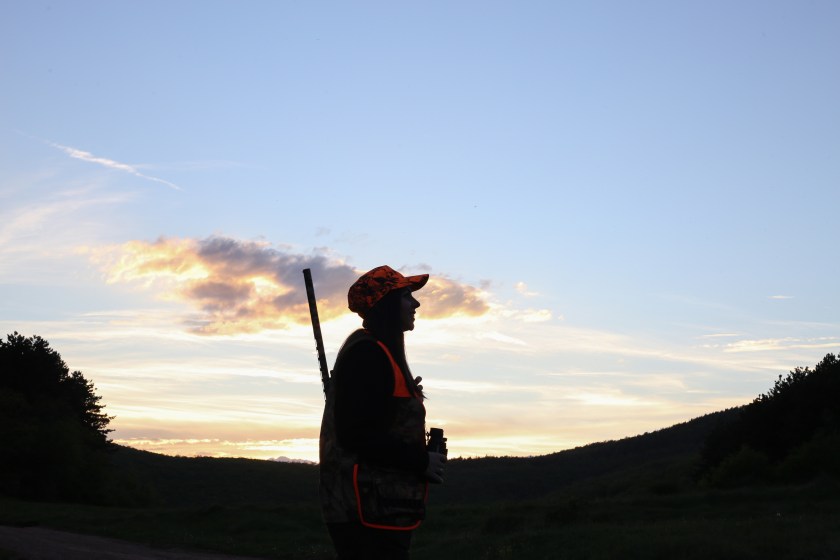
Getty Images, NSimages
Rookie deer hunters often do too much scouting on foot right before the season starts. Whitetails—especially mature bucks—don't get much credit for how smart they are. A deer's nose is extremely sensitive, and any sweaty scent you leave behind from a hike can linger for a while, ensuring a buck spooks away from that area.
Instead of rambling through the woods and leaving your scent everywhere, try to scout around the perimeter of your property as much as possible. I like to ride around the edges of a property to search for signs of deer crossings or simply look for deer in the early morning or late evening. If you can park your vehicle overlooking crops, open fields, or a recently cut timber area, you should be able to watch for groups of bachelor bucks without spooking them.
It pays to have a good pair of binoculars in this situation. Sometimes you can locate a monster buck without ever entering his domain and alerting him of your presence.
3. When on Foot, Take Precautions
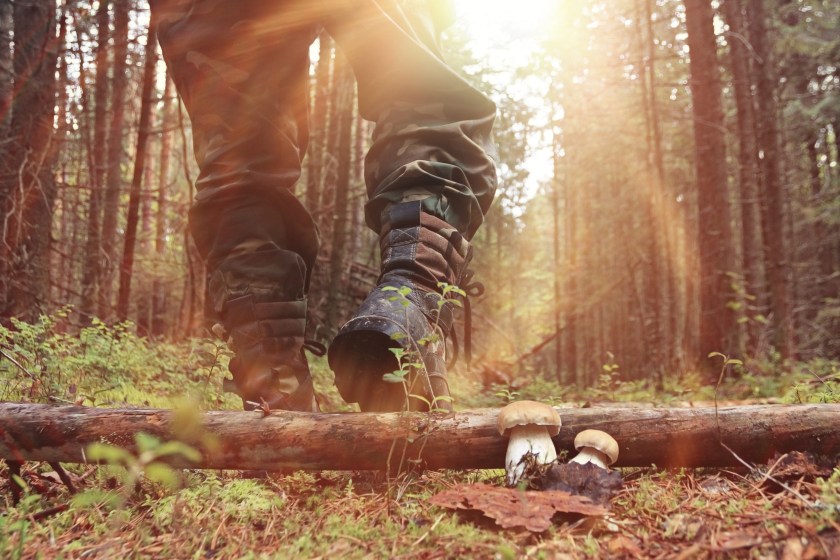
Getty Images, Kichigan
Sometimes, you will need to walk around the area you're going to hunt—for instance, to hang a treestand, plant a food plot, or check a trail camera. Try to limit your presence in the hunting area as much as possible. Once you've identified areas of interest on your topo map, chart a different course that you'll hike around the property. This way, you'll avoid stomping through any promising areas that you'd like to hunt later.
When scouting, be sure to take the same measures to control your scent that you would when hunting. Shower with unscented soap and shampoo, and use cover spray to dampen any external scent that might be clinging to clothes. It's also a good idea to take your time; this way, you won't sweat as much or make much noise. Having access to an electric golf cart outfitted for rough terrain is extremely useful for scouting, too, as it allows you to take care of business without driving your noisy truck or ATV into a hunting zone.
Instead of creeping through the woods and staking out an area where you're planning to hunt, it's usually best to get in and get out without hanging around too long. Seeing a giant buck is always exciting—but if the season hasn't opened yet and he spots you, he's likely to get out of dodge.
4. Locate Food Sources
When you're walking through your hunting area, make a note of any early- and late-season food sources for bucks. In the South, for instance, hunters know that fruit trees and vines like muscadines, persimmon, and crabapples are worth their weight in gold when it comes to attracting a buck to a property. If you're hunting around crops, make use of them as much as you can while they last before the harvest.
These types of food sources will be eaten away very quickly. There may only be a window of one or two weeks when deer will feed on them. If you know where a buck is bedding and position yourself (with the right wind direction) between his bed and early-season food sources, you may bag your target buck before the rut.
Thinking ahead can always pay off, too. In most regions, white oak acorns drop well before other variations of oak trees, creating an instant patch of woods that deer will flock to.
5. Have a Trail Camera Strategy
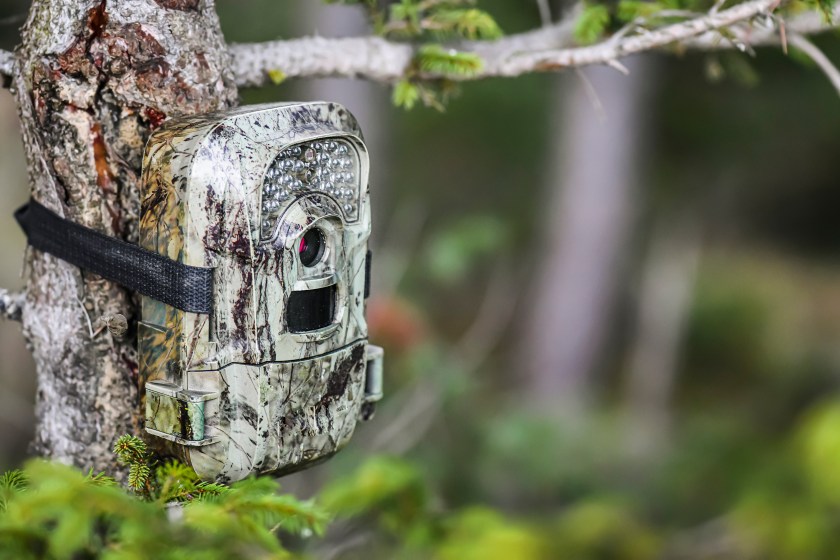
Getty Images, Milan Krasula
Utilizing trail cameras has revolutionized whitetail deer hunting in the last 20 years. Be mindful not to overthink it when it comes to setting up a trail camera. Find a high-traffic deer trail or place your camera overlooking an attractive item like a corn feeder or mineral lick to get a good inventory of the bucks in the area. Make sure you have already unboxed and dialed in the settings on your trail camera before you arrive at your hunting property.
The more cameras you set out, the greater your chances of capturing an image of a trophy buck. However, more cameras will also mean more trips into the property to change out batteries and pull SD cards (unless you have a trail camera model that sends footage directly to your phone or tablet—a nice perk).
I try to focus on hanging trail cameras in areas where multiple points of interest come together, such as the corner of a field with a well-placed mineral lick. If you're hanging a camera in dense forests, try to focus on the intersection of one or more trails. Once the season begins, try to pull your cards and replace batteries on your way to and from the treestand.
6. Fake Them Out
Creating a mock scrape is a great way to draw bucks into an area. With scent glands on their head, bucks like to rub these around in overhanging brush and chew on leaves to leave their scent behind. Find a section of the trail where a low-hanging limb can serve as the "lick limb." Scrape away any leaves and debris in an area roughly two feet by three feet before applying scent directly into the scraped area.
It's usually best to use a scent that isn't too targeted for scrapes. This means you'll want to go with an "all-purpose" scent or drip system instead of dousing the scrape in doe estrus. In states that have banned the use of trail cameras over corn piles or mineral licks, a mock scrape is the perfect strategy to draw bucks in front of your trail cam.
7. Remember: Patience Is a Virtue
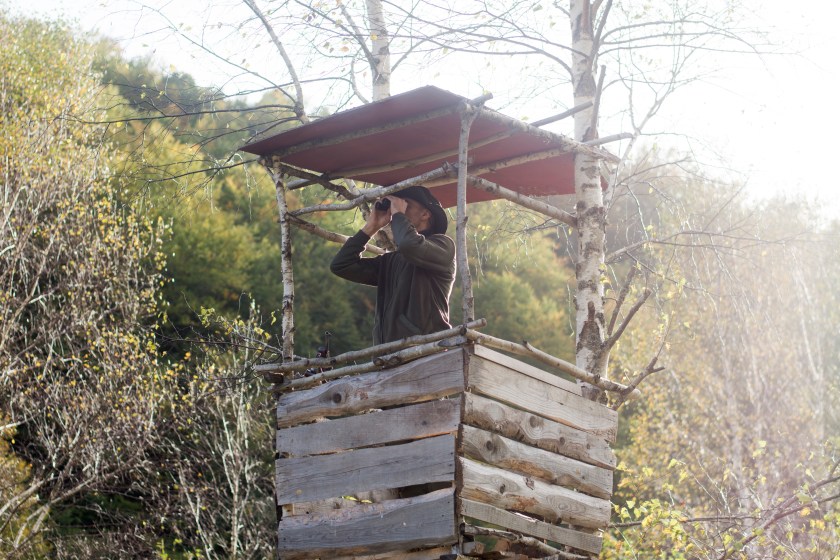
Getty Images, Maja Coric
Seasoned deer hunters know that the action really heats up once the weather cools off and temperatures drop at night. If you haven't sighted your target buck in the early season, don't move your treestand just yet.
Once the rut draws near, bucks are flooded with testosterone, making them more aggressive and ready for mating season. Once this happens, bucks change their activity patterns. An area that has been virtually dry might instantly have mature bucks cruising through as they seek out a doe in heat.
READ MORE: The Four Best Times To Hunt Deer Throughout the Day
